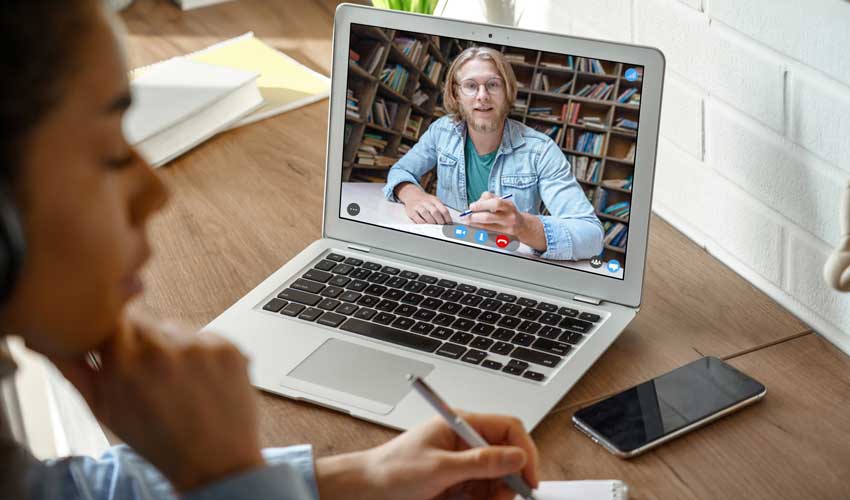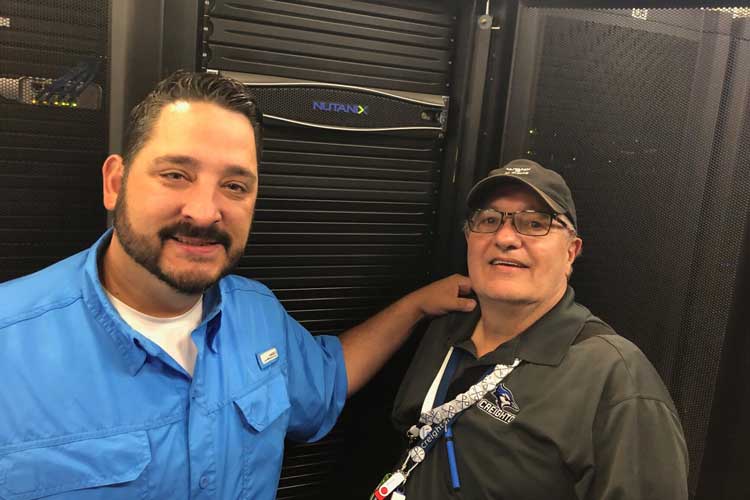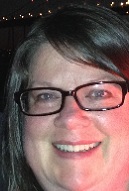In late 2017, the terms “coronavirus” and “social distancing” meant nothing to the general public. At the time, Creighton University leaders simply wanted to use cloud computing to give educators and students more flexibility and engaging ways to teach and learn.
Little did they know that they’d soon come to rely on the technology more than ever amid a world pandemic.
“Having DaaS (desktop as a service) in place came in handy when we needed to scale up to keep teachers and students connected during the pandemic,” said Robby Daniels, a central campus client support specialist at Creighton University.
As the university’s IT team moved more of its computing needs to the cloud through 2018, it found ways to quickly improve its distance learning program, starting with the school of business. Daniels turned to DaaS to allow students to access needed applications and educational software without having to download it themselves onto their devices.
When COVID-19 forced the campus to close in early 2020, Daniels was able to dial up DaaS to give more students in more departments the ability to easily, securely access required applications.
Making Online Learning Easy
Distance learning isn’t a new concept. Today, most universities offer some version of online classes or remote experiences. What made delivering online instruction difficult for Creighton in the past, however, was the lack of an integrated platform that delivered consistently high-quality experiences to every user.

Daniels said that traditionally, the IT requirements to create those online experiences differed from professor to professor and class to class. It was extremely complicated to manage all of the disparate platforms and applications, and the programs would work differently, or not at all, on different devices.
Daniels sought to simplify operations, deliver consistent user experiences and allow his team to easily scale online learning to reach as many people as possible. He went with virtual desktop technology hosted and streamed from a cloud service. He first used this DaaS approach for the Heider College of Business Intelligence and Analytics in 2017.
“We opted to use Frame [DaaS from Nutanix] to provide access to software that you normally wouldn't have on your device,” such as Visual Studio, Microsoft Project, and powerful statistical and analytics software, said Daniels. His plan also eliminated “the process of trying to download all this stuff and figure out how to run it on all these personal computers, when we have no idea what kind of shape they're in.”
Traditionally, Daniels said, “professors would constantly have to work with students [on getting the applications they needed]. Students would say, ‘I don't have that version of Excel.’ Or, ‘My laptop is really sluggish, it's going to take me two or three extra days to do this [assignment].’ So we went with a platform that does all the work.”
With Frame, teachers and students could use their own laptop or tablet to log in to the platform and access all of the applications via a web browser. Daniels said Frame has evolved with features and technical enhancements in step with the university’s needs.
“Even the most complex lab applications and resources are easily accessible using only a web browser and an Internet connection,” he said.
The initial project was so successful that the university used DaaS to connect the College of Arts and Sciences.
Daniels said, “It resulted in [students being able to say,] ‘I don't have to ever come back to any of this equipment or a remote desktop … I can do all my work at home or when I'm in a seminar or somewhere else and some of the results are pretty outstanding.’”
The Arrival of Crisis Mode
The platform came in particularly handy when COVID-19 hit. As a response to the pandemic, “the university has gone into ‘teach remotely’ mode,” said Daniels. “All faculty have been requested to upload…and modify their syllabi and courseware. Students have been requested not to return after spring break.”
Without DaaS already in place, the university’s transition to full-time online education would’ve thrown Daniels and his team into a much worse crisis mode.
Even before the crisis, “A lot of the feedback from the students was, ‘I can do my work when I want to,’” said Daniels. “[They] have a project to finish and can do it from [their] dorm. So it's the anywhere, anytime, any device solution, which is one of our goals for 2020.” Now, however, the ability to do work remotely is a critical part of helping communities manage the spread of COVID-19.
“It’s easier to organize and maintain consistency across different instances and platforms” with an integrated system, Daniels said. That means he can oversee and manage capabilities for a variety of departments, on Amazon Web Services (AWS), Microsoft Azure, Google Cloud and the university’s private cloud from a single dashboard. Frame also provides the elasticity to quickly drop or add classes from one semester to another without a lot of work.
“The single pane view makes it easier to organize and maintain consistency across different instances and platforms,” he said.
Professors No Longer in the IT Business
Professors no longer have to worry about what devices students are using or how to ensure everyone can download the needed software for their classes.

“It’s like using the corporate template; you don't have to reinvent the wheel,” Daniels said. “We took the professors out of the IT business.”
Consistent user experience is another benefit Daniels sees.
“We have a uniform-level application layer that acts the same for everybody and handles the same for everybody” regardless of the make, age and software versions running on their devices.
Now that everyone is expected to do their coursework remotely, DaaS is proving its value as “the ultimate teaching tool,” said Daniels.
“I think it’s going to change universities around the world.”
Try Nutanix Frame Desktop-as-a-Service free for 30 days.
Erin Poulson is a contributing writer who specializes in IT and business topics.
© 2020 Nutanix, Inc. All rights reserved. For additional legal information, please go here.


